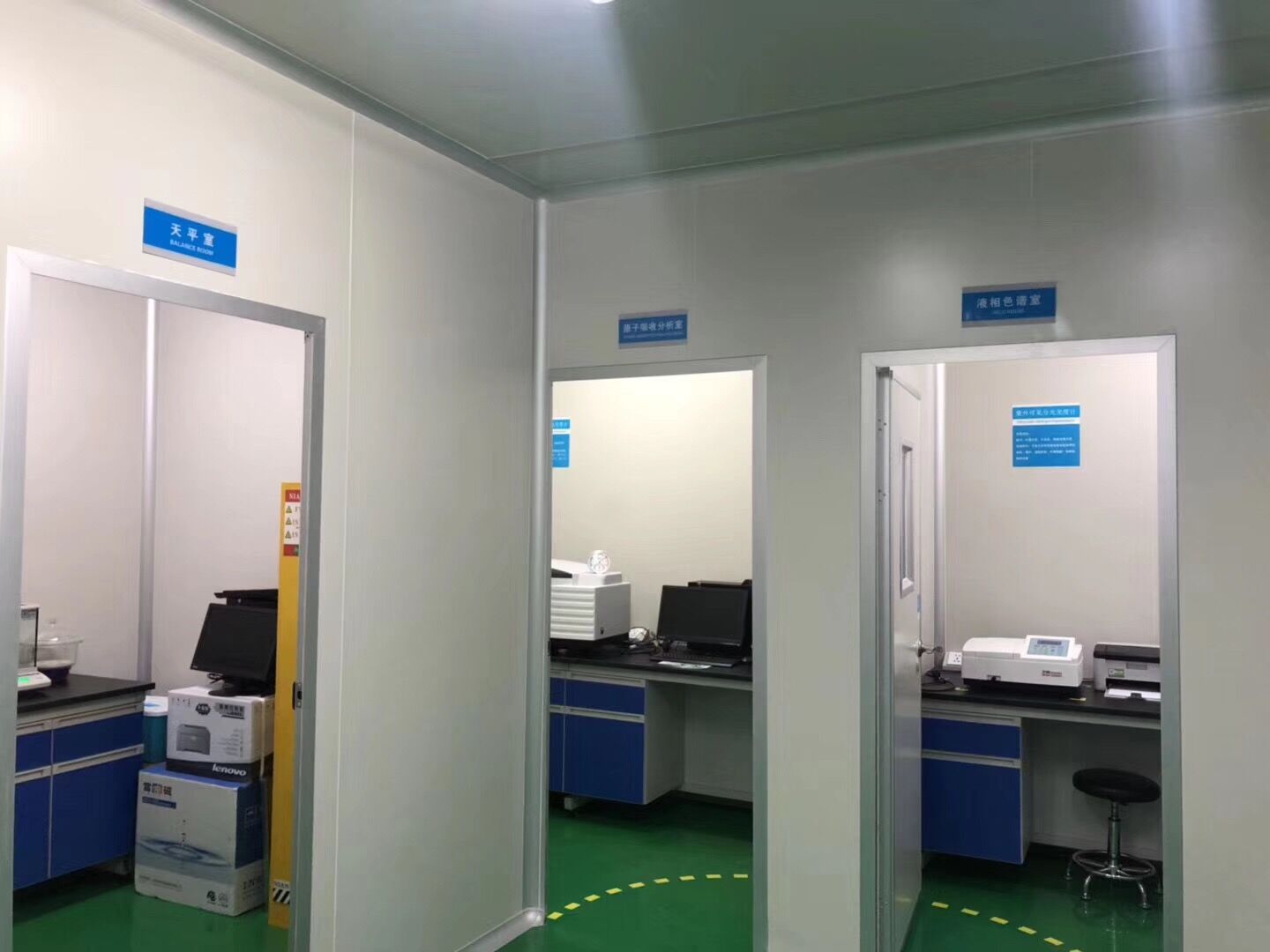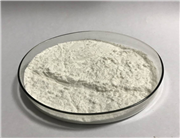Turpentine is widely used as a chemical raw material. It has opportunities to come into contact with turpentine in fine arts glass, paint, camphor manufacturing, pharmaceutical, rosin manufacturing and other industries. Turpentine is an excellent solvent with strong ability to dissolve organic matter. It is traditionally used in paint, drying agent, ointment, shoe polish, adhesive and medicine. Many new products have been developed in synthetic chemicals and spices by using the main components of turpentine and reprocessing.
(1) Synthesis of terpineol: α- Under the catalysis of sulfuric acid, pinene is easy to open the ring and hydrate to form hydrated terpene diols. Under the action of dilute acid, the hydrated terpene diols remove 1 molecule of water to get terpene alcohols mixture α- Terpineol (see terpineol, pine oil).
(2) Synthesis of camphor: under the action of titanium dioxide, pinene isomerized to camphene. Camphene reacted with formic acid or glacial acetic acid to form isoborneol ester, which was hydrolyzed to isoborneol. And then dehydrogenation to synthesize camphor.
(3) Linalool: α- Pinene is hydrogenated to pinane, which is oxidized to peroxide by air, reduced to pinanol, and then pyrolyzed to linalool. It is a large variety of perfume and an intermediate for the synthesis of vitamin E. linalool acetate and other esters are obtained after esterification.
(4) β- The pyrolysis of pinene to myrcene is the most important intermediate of perfume. Laurene can be used to prepare geraniol, nerol, neosuzulaldehyde, citral, ambergone with ambergris and woody fragrance, dicyclopentanitrile and dalbergolide with strong animal fragrance. Linalool acetate was obtained by hydrochlorination of laurene and reaction with sodium acetate. Linalool was also obtained by saponification.
(5) There are more sesquiterpene Longifolene and caryophyllene in turpentine of Pinus massoniana. Under the catalysis of acid, Longifolene can be isomerized into Isolongifolene, which is the raw material of Isolongifolene ketone, epoxy Isolongifolene, hydroxymethyl Isolongifolene acetate, etc. Longifolene was treated with formic acid to form ligneous formic acid ester. Acetyl caryophyllene can be obtained by acetylation of caryophyllene and epoxidation of caryophyllene to give epoxy caryophyllene. It has floral fragrance, and its ketones have woody fragrance and ambergris fragrance. Due to the diversity of monoterpenes, sesquiterpenes and their isomers in turpentine, turpentine can synthesize a variety of products and has a wide range of applications. There are still many new products to be developed and utilized.





 China
China

